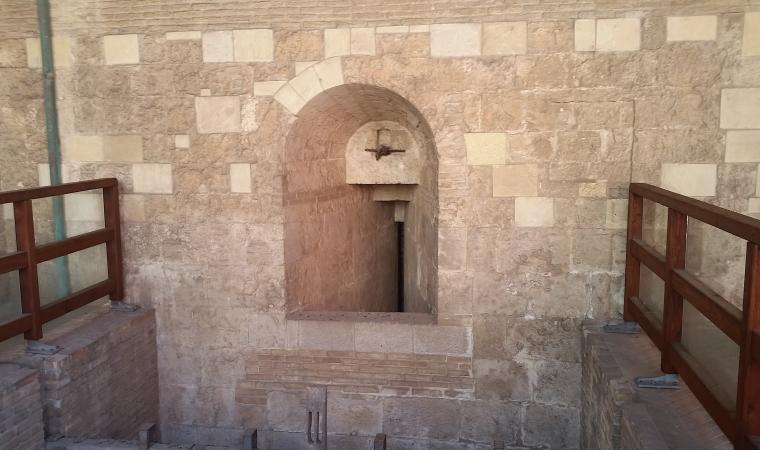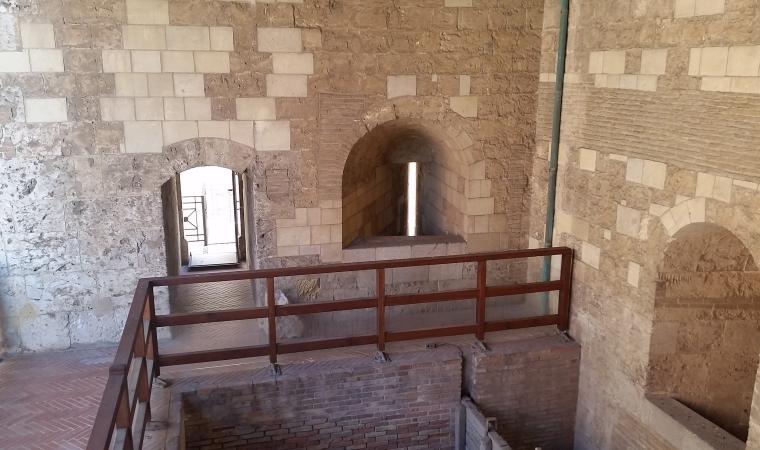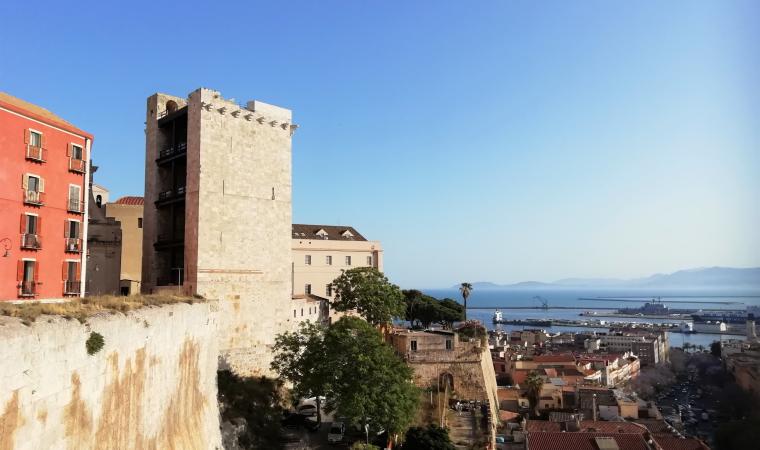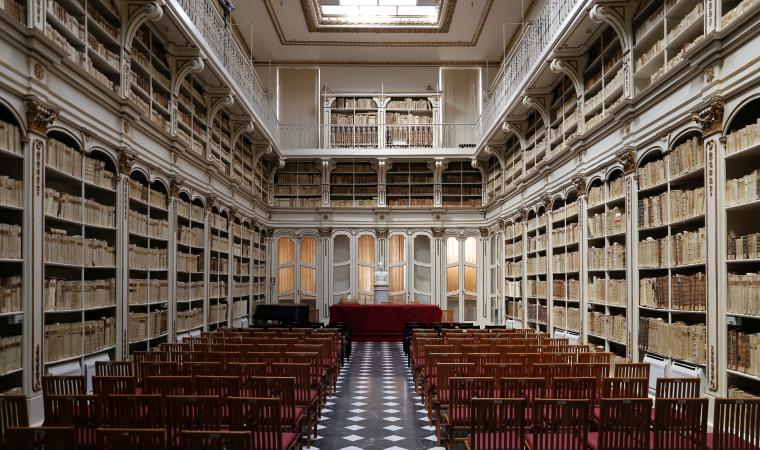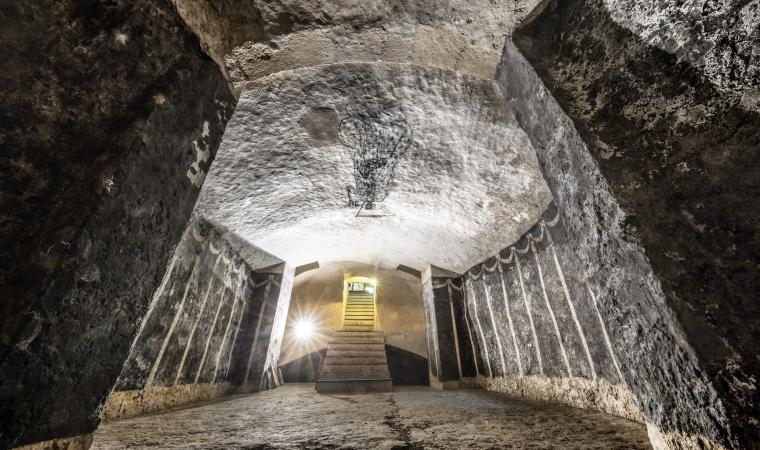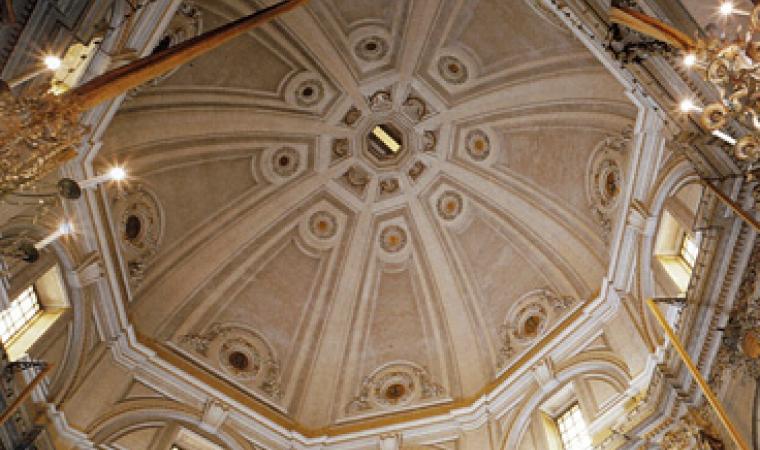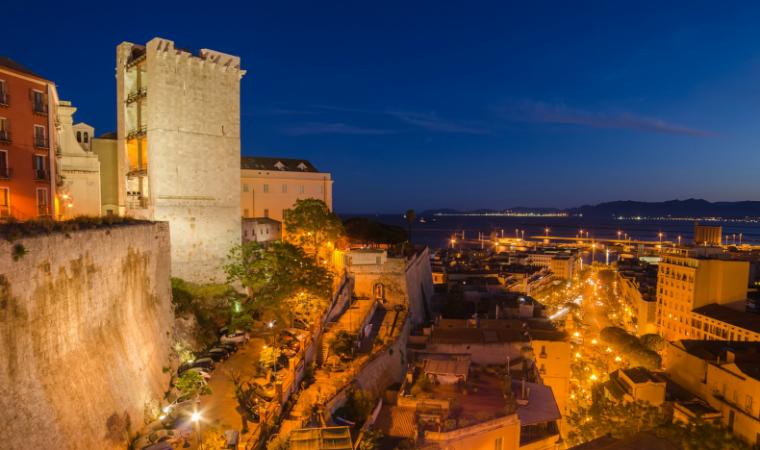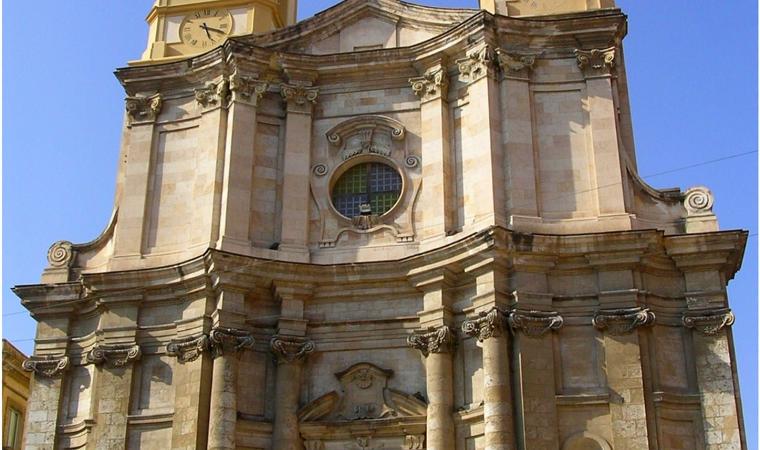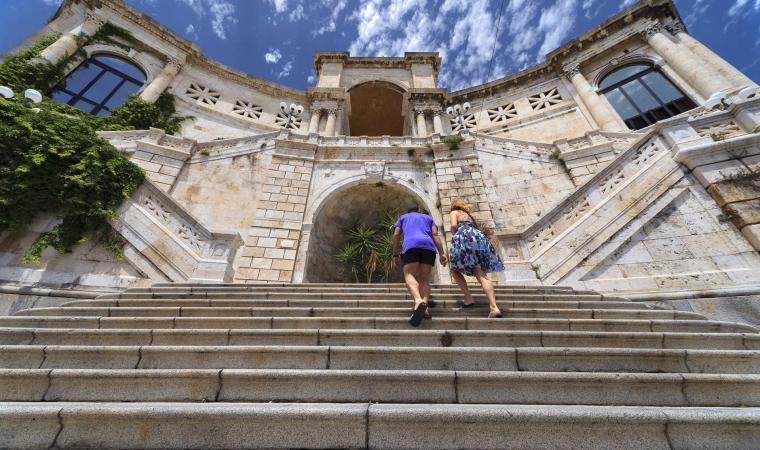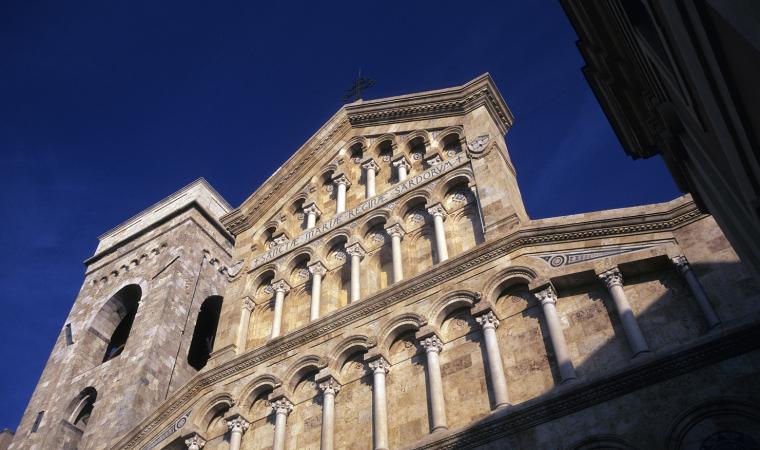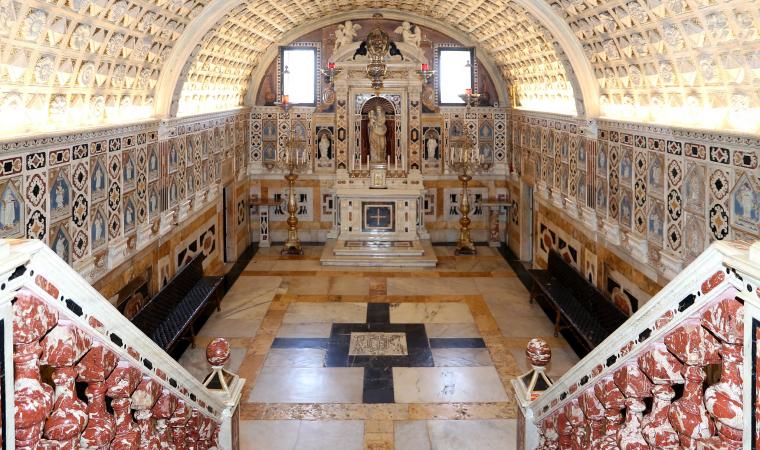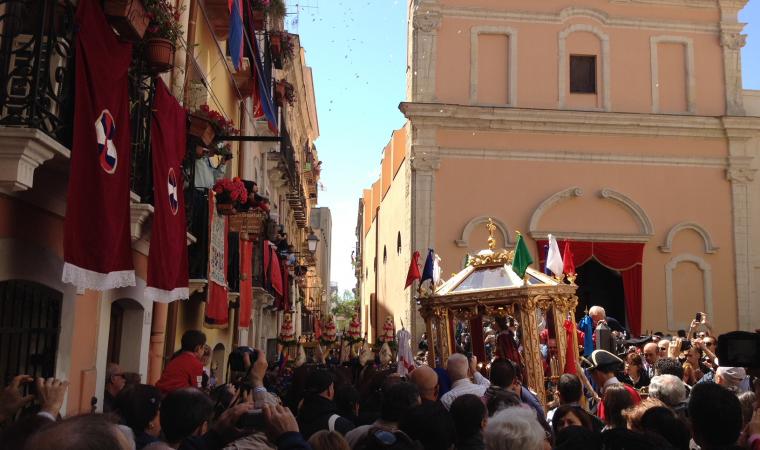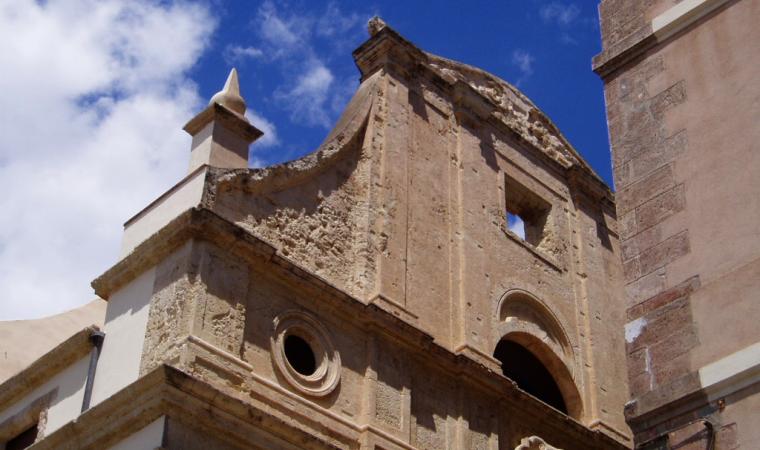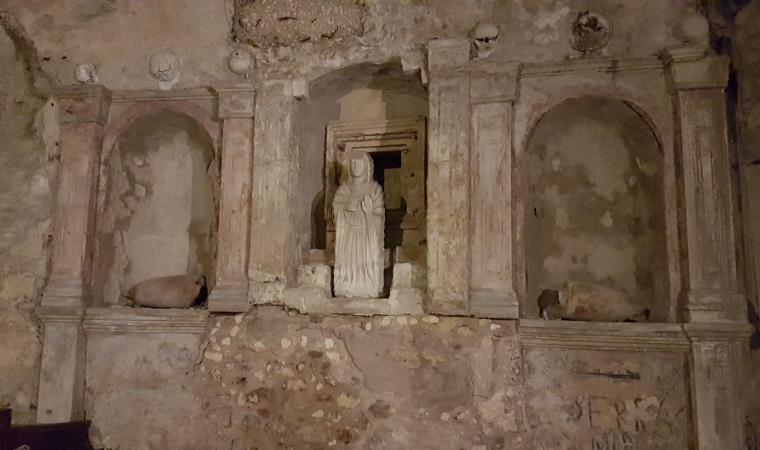Charles V, Holy Roman Emperor, considered them among the best military works ever created in Europe. Born to defend the fortified Pisan citadel from the Aragonese ambitions, you will see them soar majestically, symbolising the Castello district and the capital of Sardinia. The two towers of San Pancrazio and the Elephant were built respectively in 1305 and 1307, in the name of Pisa, by Cagliari-born architect Giovanni Capula. In fact, ‘Castello’ was the centre of political, military and religious power of Cagliari at the time of the Pisan domination, and needed an adequate defensive system. The towers, built using large limestone blocks obtained from the Bonaria hill, both have four levels, with one open side where you will notice the various wooden mezzanines.
San Pancrazio is taller, about 37 metres, and had the task of protecting the northern entrance to the citadel, as well as spotting any threats from the sea and from the hinterland. The name probably comes from the present-day church of San Lorenzo, built in the nearby Viale Buoncammino, originally dedicated to San Pancrazio. It overlooks Piazza Indipendenza and Piazza Arsenale, where the Cittadella dei Musei is located. On the northern side, it still has eight embrasures and it was once closed by mighty gates and heavy shutters, now lost. Its terrace, 130 metres above sea level, is the highest point of the city. In the Aragonese era, the tower lost its function of access to the Castle and from the 16th century it was used as a prison, sadly becoming known for its appalling prison conditions. The mala campana (bad bell) rang out there, accompanying those sentenced to death to the gallows.
The Elephant tower stands on the southwestern edge of the district. It functioned as a lookout tower over the sea, a munitions depot, an armoury and - like the other tower - also as a prison, albeit for just a few decades. It is about seven metres lower than its ‘big sister’ and is more finished. On the south side, in the corner above the entrance door, you will notice a statue of an elephant. The name of the tower, however, apparently comes from the ancient name of the present-day Via Stretta, which in Pisan times was called ruga leofantis. You can see numerous coats of arms and embrasures in the walls. The ‘Elephant’ is also linked to dramatic memories: here, the heads of those condemned to death by decapitation were displayed. In general, stories of ghosts and restless spirits linger around both towers, haunting them, unable to find peace.
In 1322, a third tower was added to the other two, named the Torre del Leone (Tower of the Lion), also known as ‘Torre dell'Aquila’ (Tower of the Eagle). It was built to defend the south side, but ended up being used for civil functions and today it is incorporated into the Boyl palace, adjacent to another of Cagliari's symbolic monuments, the San Remy Bastion.



